On This Day…April 5th.
A burned out M4A3 ‘Easy Eight’ of the 31st Tank Battalion (7th Armoured Division) that was knocked out during the battle around Oberkirchen, in the North Rhine-Westphalia region. April 5th, 1945.
Grumman Hellcat MkII (Royal Navy Fleet Air Arm) - 1839NAS (pilot T.B Speak) on board HMS Indomitable. April 5th 1945, Saskishima islands.
The former German (almost) aircraft carrier ‘Graf Zeppelin’ on 5th of April, 1947 at Swinemünde (today Świnoujście, Poland) while in Soviet custody.
The carrier had been refloated by the Russians in March 1946 (a year after her custodian crew scuttled her before the end of the war in Europe) and was sunk again as a target in the Baltic Sea on 16 August 1947. Despite being almost 90% complete by the beginning of World War II, the Graf Zeppelin was never operational due to shifting priorities on resources and materials.
Soldiers of the Canadian Grenadier Guards riding their Sherman in Alemo, Netherlands, April 5th, 1945.
On April 5th, 1945, the Japanese attacked the British convoy protecting Ceylon that resulted in the sinking of the HMS Dorsetshire and HMS Cornwall. This ‘Battle of Ceylon’ resulted eventually in an almost rout of the British Navy. At this point in the war, with the German invasion of Egypt and the Japanese successes in South East Asia, the belief that the Axis would merge at some point between India and the Middle East appeared almost inevitable.
On the 5th of April Walter Fudge (photo below, left) was on board HMS Dorsetshire:
“At 11 a.m. Sunday 5th April, a single Japanese plane was spotted astern and at 1.40 p.m. Cornwall and we were attacked by some 80 planes. In less than ten minutes Dorsetshire was sunk and within five minutes more Cornwall went down too.”
“Two shipmates went down in the mess and refused to leave the ship – they were non-swimmers. At a time like that it is every man for himself. I recall seeing our new Captain Agar VC giving a salute on the fo’c’sle intending to go down with the ship; but Cassier, another shipmate would not allow that! He bundled him over the side.”
“A yell from the bridge to the 4 inch AA guns crews – “Why aren’t you firing?” Reply – “All dead except me!” The masthead lookout scrambled down a rope, which had been secured there, and I was right behind him. We both smiled at the water’s edge and we exchanged words “After you!” “No, after you!” At that time, much of the ship had gone under and only the fo’c’sle was out of water.”
“There was no vortex – just ear-splitting noise from the bombs (these were responsible for deafness in my right ear). The water was warm. I felt happy to have had a tot of rum earlier. We swam away and a few low flying planes machine-gunned swimmers and I found a bullet in my ankle but only under the skin – the depth of water must have slowed down its velocity.”
“So there we were for over 30 hours – one man taken by a shark – 1,222 officers and men from the two ships – with a total loss of 425. Tropical sun and thirst were problems but the wounded obviously had the worst time. Only one whaler boat survived and this was filled with the wounded and those badly burnt. The remainder of us clung to floating objects like Denton rafts and Carley floats.”
(D3A dive bomber taking off from carrier Akagi, Indian Ocean, 5 Apr 1942...)
On board the Cornwall, Engineering Officer Lieutenant E. A. Drew only just managed to get out of the Engine Room before the order to abandon ship was given:
“Once in the water I was covered in thick fuel oil (which has a consistency of black treacle) which meant that I could only open my eyelids a small amount – I had to stretch my head back and look along my cheeks to see what was happening and of course at the same time, keep myself afloat. I then realised that I had no lifebelt; why I do not know, for it was an offence to be at sea on duty without wearing one, and I had had one on in the Engine Room!”
“Anyway, I started to swim away from the ship when I found that I was being drawn back to the ship. I quickly realised why – the starboard outer propeller (14ft. diameter) was still rotating with the shaft at water level and as it churned the water it was drawing the sea and me to it! As I approached the propeller, I suddenly realised that I was in big trouble and that there was nothing that I could do about it. God was with me as He always is, for, as I approached the thrashing water, the ship lurched over to port, the propeller came out of the water and I sailed under it. I can see it all happening as I write.”
“I then came alongside Sub-Lieutenant (E) Dougall, a Royal Canadian Navy Volunteer Reserve who was with us for training, and he got a lifebelt off one of the corpses and helped me get it on – not an easy job with both of us covered in oil and swimming in an oil covered sea – I never saw him again. We were then subjected to machine gun fire from the large number of Japanese planes that hung around until the ship sank.”
“I remember watching the ship moving away from me. I saw the Walrus float off the catapult but it was then sunk by the ship’s wireless aerials coming down across the wings as she went over on to her side. The seaman in the lookout barrel at the top of the foremast had to remain there until he was able to jump into the sea from a height of 8ft, as the ship listed over to port.”
“One of the ship’s motorboats floated off and that remained afloat and was to become the ‘senior ship’ among several Carley floats. It was the one thing that I could see in the distance as the waves lifted me up. By this time, I was about half a mile astern of the ship. When shortly afterwards she went down by the head and her stern came right out of the water and she sank in a vertical position – about half of her length stood out of the water as she went straight down into the Indian Ocean which is about a mile deep at that point – it is hard to believe but I heard a faint cheer as the survivors, spread along a line about a mile long, watched it all happen.”
“I found myself alone and conscious of dead bodies, large fish and wreckage. I found a messdeck tabletop, about 3ft wide and 10ft long, and was thankful for a rest as I clung to it; it was not possible to get on it.”
Ceylon gained independence from Britain in 1948 and changes its name to Sri Lanka when it became a republic in 1972.
FW190 A8 ‘Blue 9’ of JG-5 Pilot Oblt Karl-Heinz Koch, Herdla, 5th April, 1945. I’ve found three different dates for this crash landing, 5th, 8th and 15th April. This was the second ‘Blue 9’ that Koch crashed in a month, the previous version shot down by Mustangs of 65 Squadron during the battle at Førdefjord. His Fw 190 "Blaue 9" (possibly WNr.732070) crashed into the Førdefjord at Heilevang. Koch bailed out and landed into the fjord. He was recued by the two brothers Jens and Andreas Heilevang.
I’m pretty certain the date of this photo is 5th April 1945; he had to make a forced landing at fliegerhorst Herdla due to oil pressure problems. His landing gear broke during the rough landing and the butcher bird ended up in a quarry. This was W.Nr.350185 if anyone wants to do their own research.
Ground crew making an ‘along the line’ routine check of the aircraft radios - here showing the P-51 Mustang 'Hot Shot Charlies' of the 364th Fighter Group, US 383rd Fighter Squadron, RAF Honnington, England, United Kingdom, 5 Apr 1945.
The 364th Fighter Group flew 342 missions in P-38 Lightnings and P-51 Mustangs from Honington, Suffolk. The missions ranged from escorting bombers and dive-bombing and strafing targets to area patrol missions across a swathe of land that took in France, Belgium, Holland and Germany.
After converting to P-51 Mustangs, the Group also flew long-range bomber escort missions, winning a Distinguished Unit Citation for their defence of B-17 Flying Fortresses on a mission to Frankfurt on 27 December 1944.
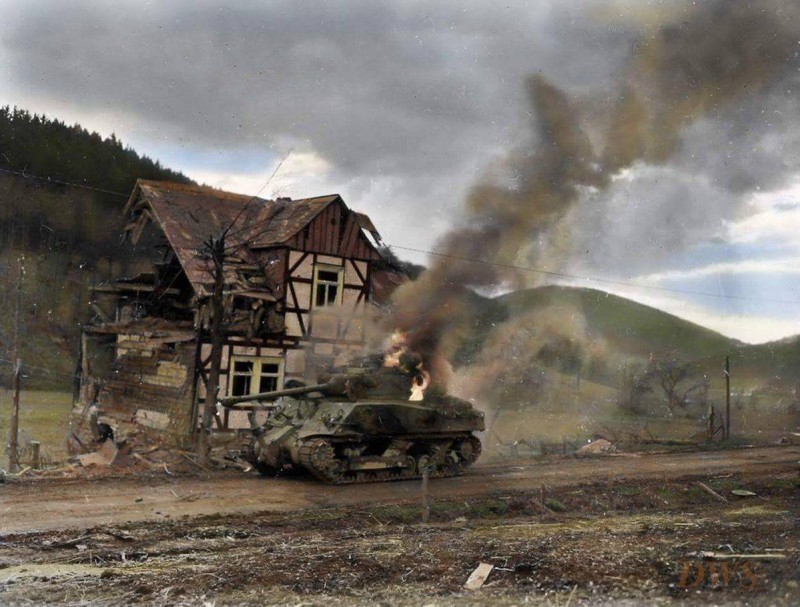
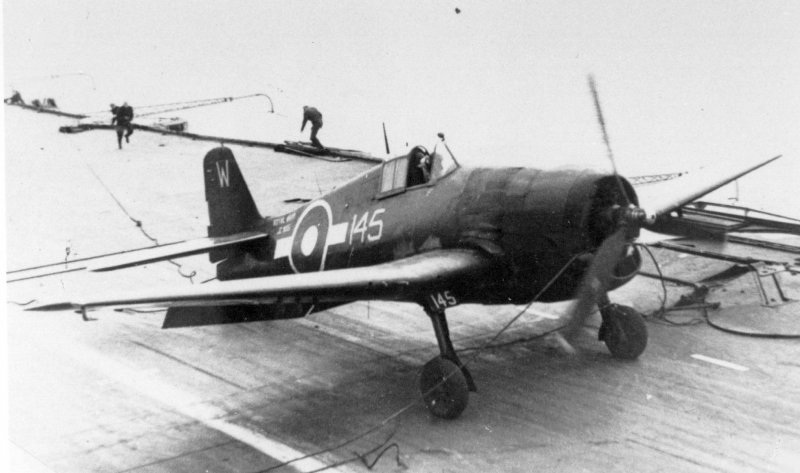
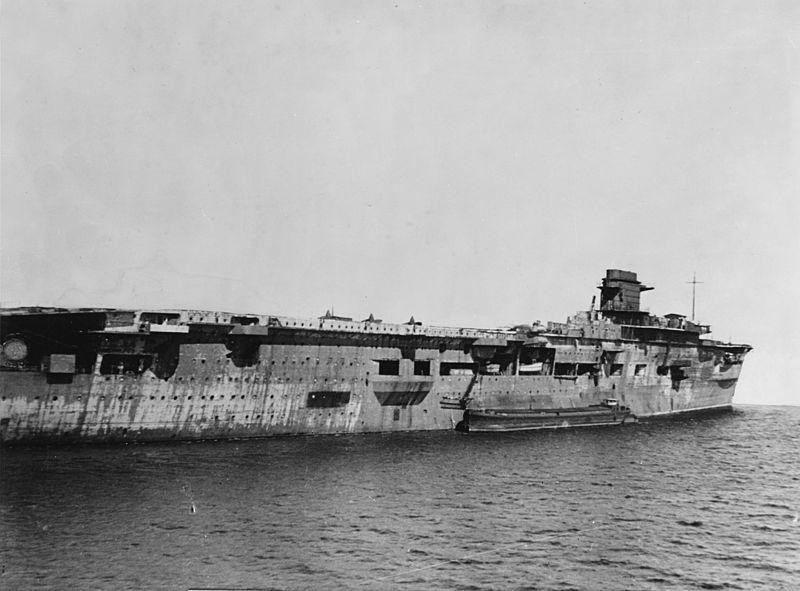
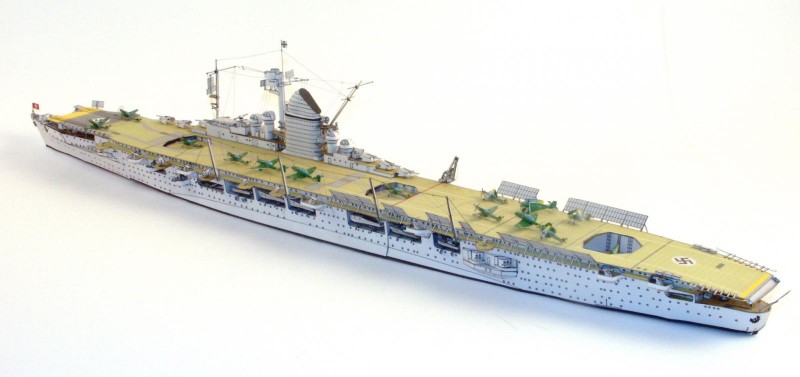
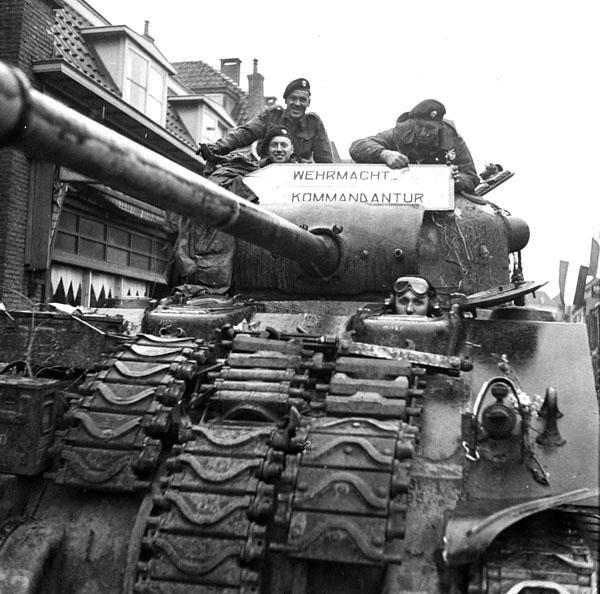
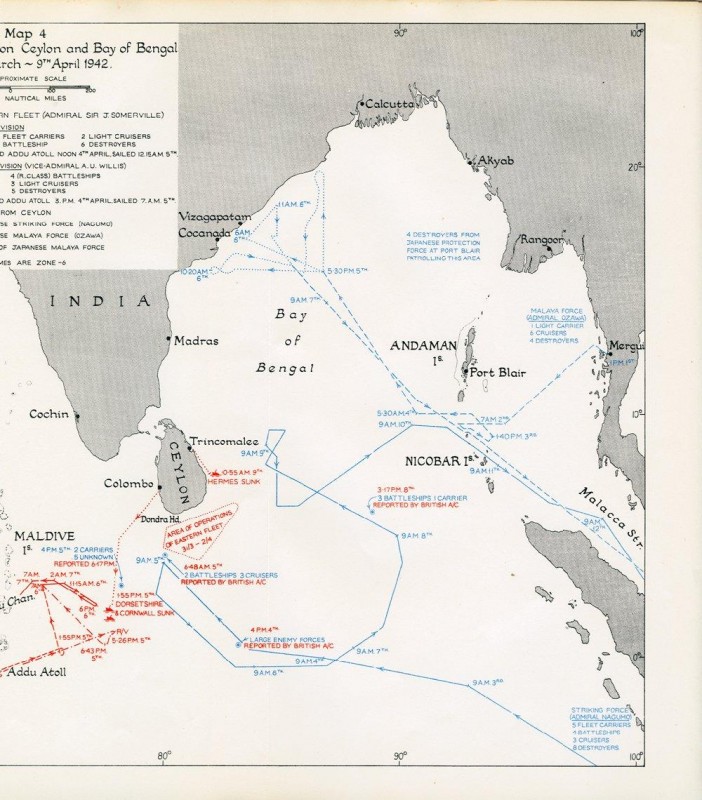


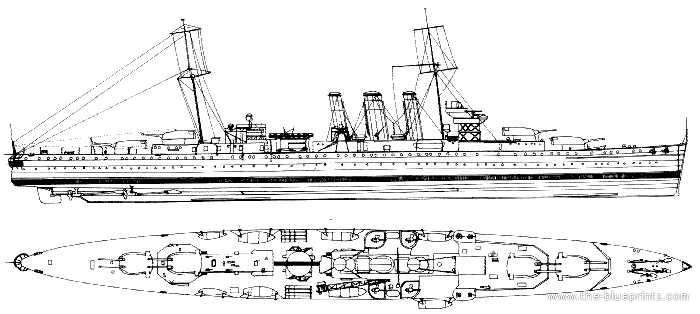
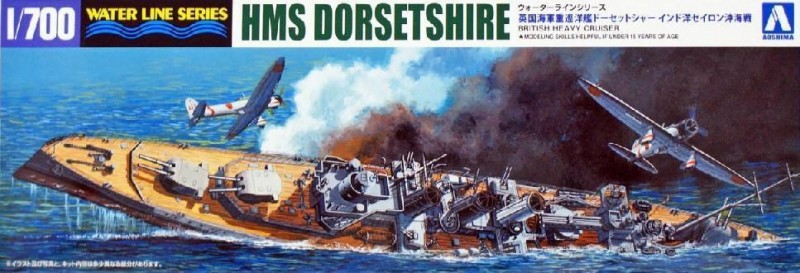
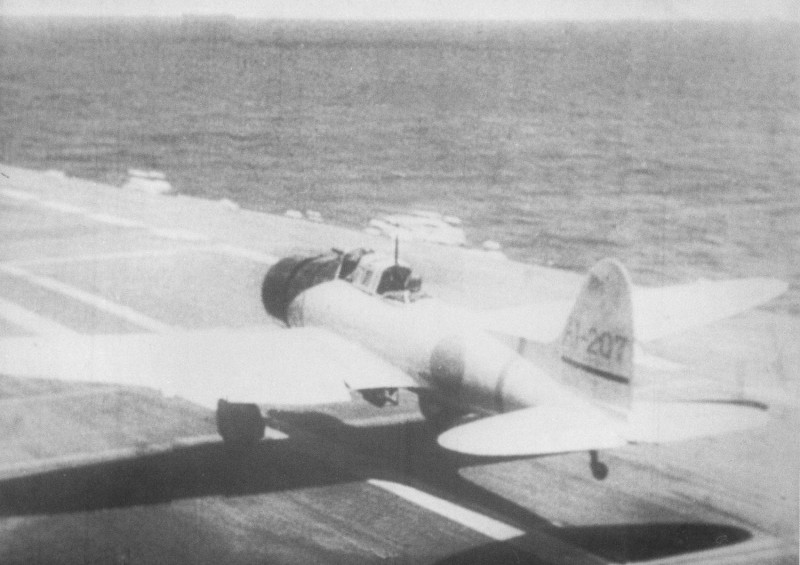
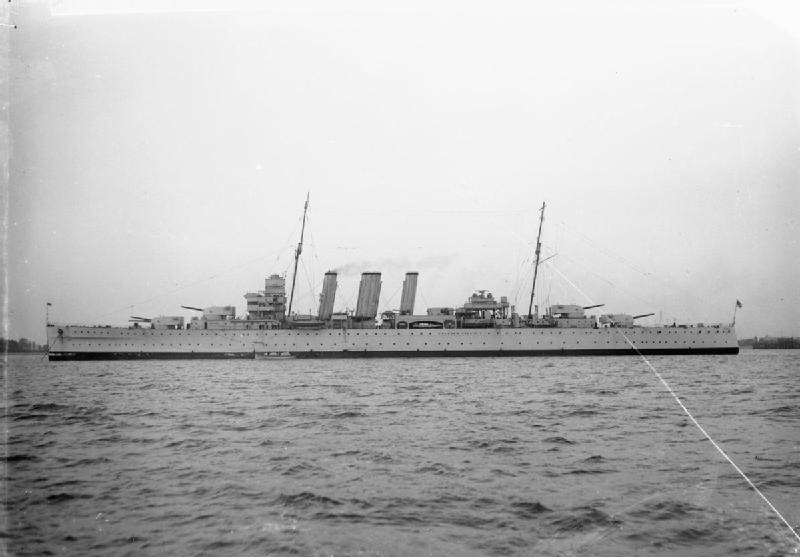
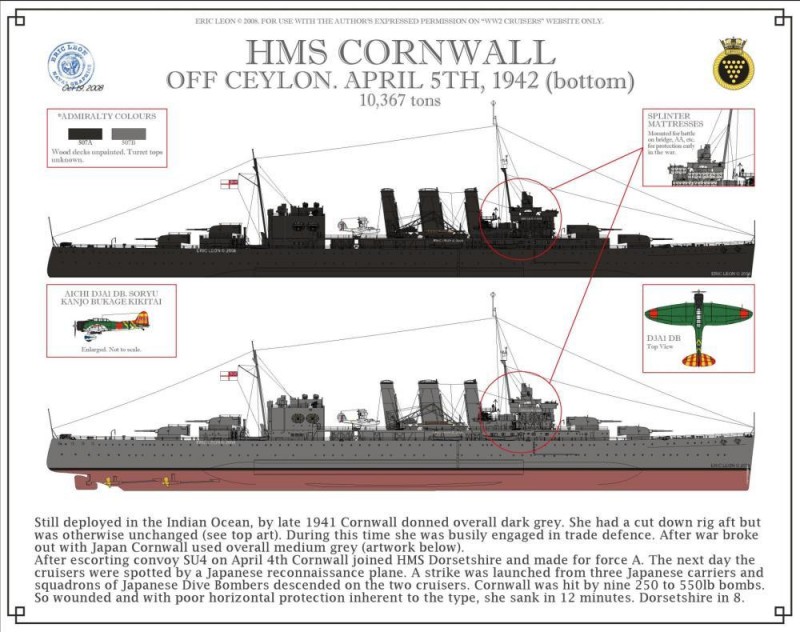
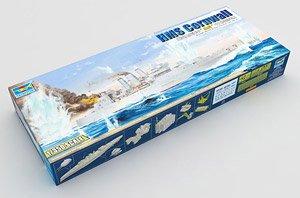


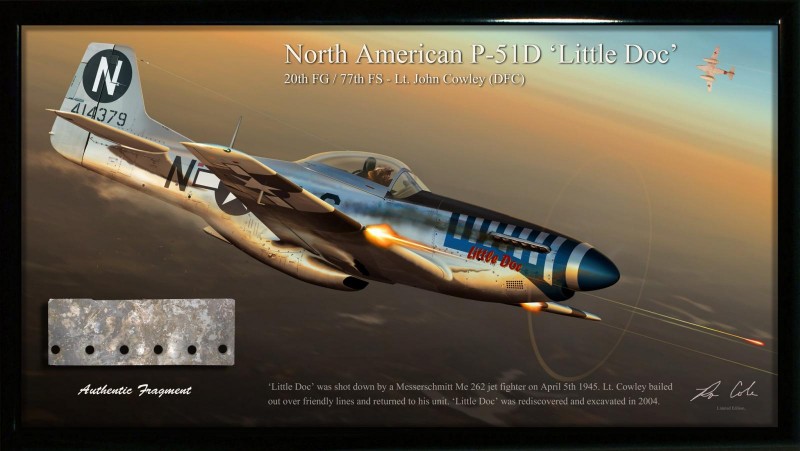
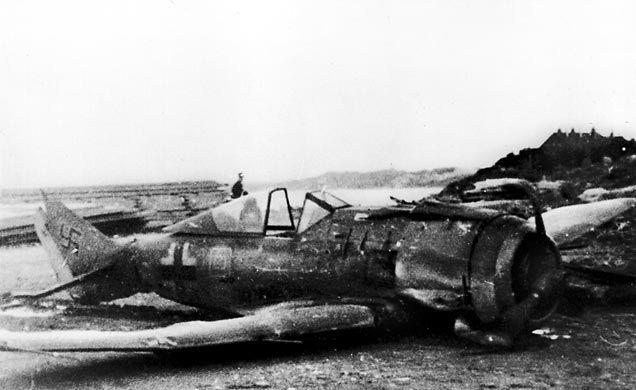
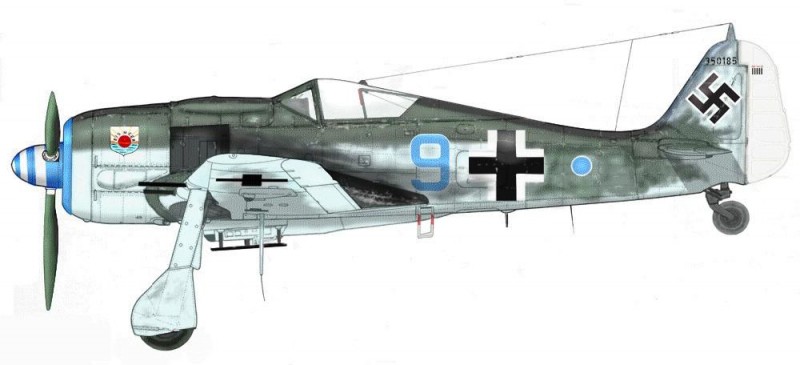
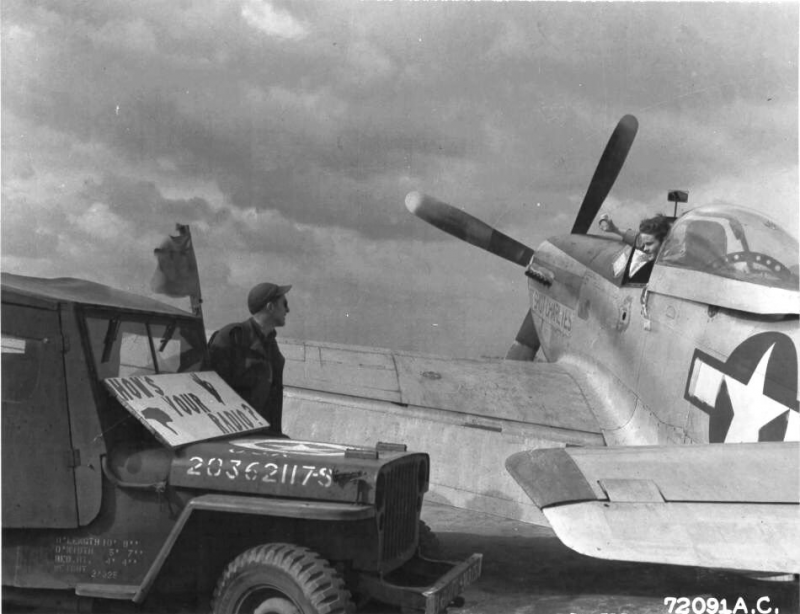
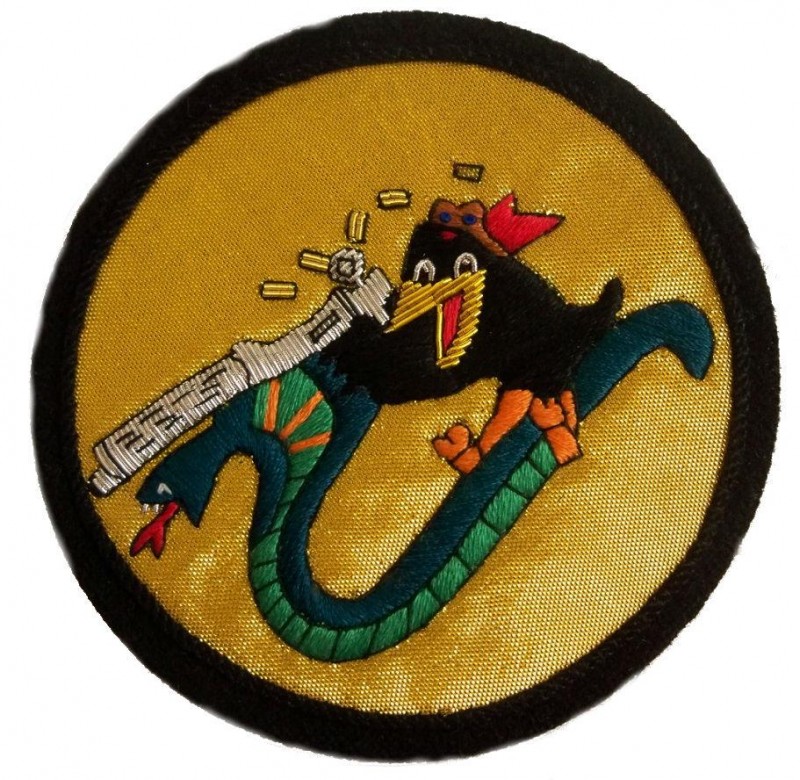
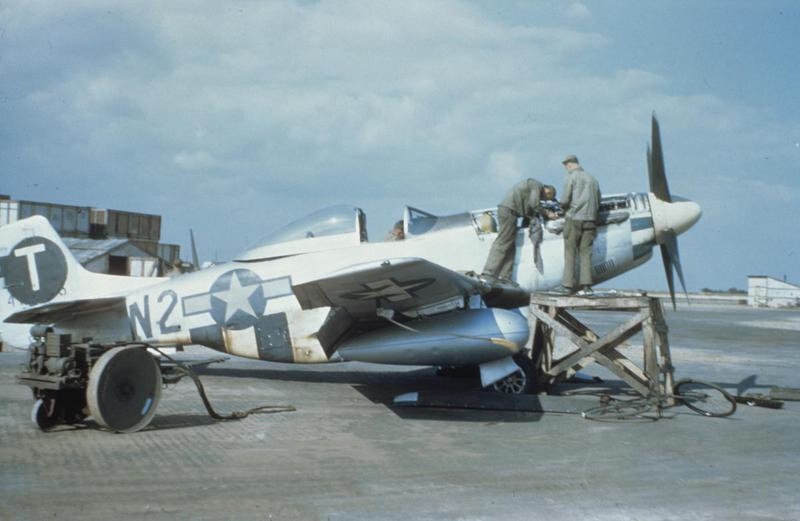
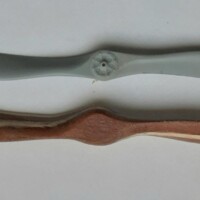
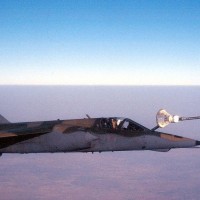
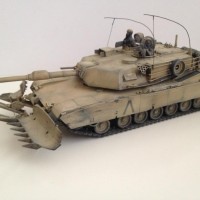
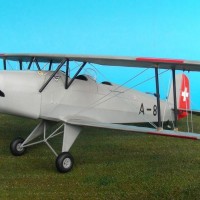
Another great selection. 'Liked' a lot.
Thank you, Julian. Very much.
Thanks for that story on HMS Cornwall.
You are welcome Tom. The ‘Battle of Ceylon’ or the ‘Easter Sunday Attack’ is sometimes referred to as the British Navy’s ‘Midway’ - more on this story in the next few days.
Appreciate your support, Tom.
Great post, David. I too appreciated the story of HMS Cornwall. Also, that photo of “Hot Charlie’s Momma” is extremely useful for modeling Mustang wings. Have a great weekend!
Most welcome, John. Most welcome.
That narration about the Cornwall has got me wanting more!